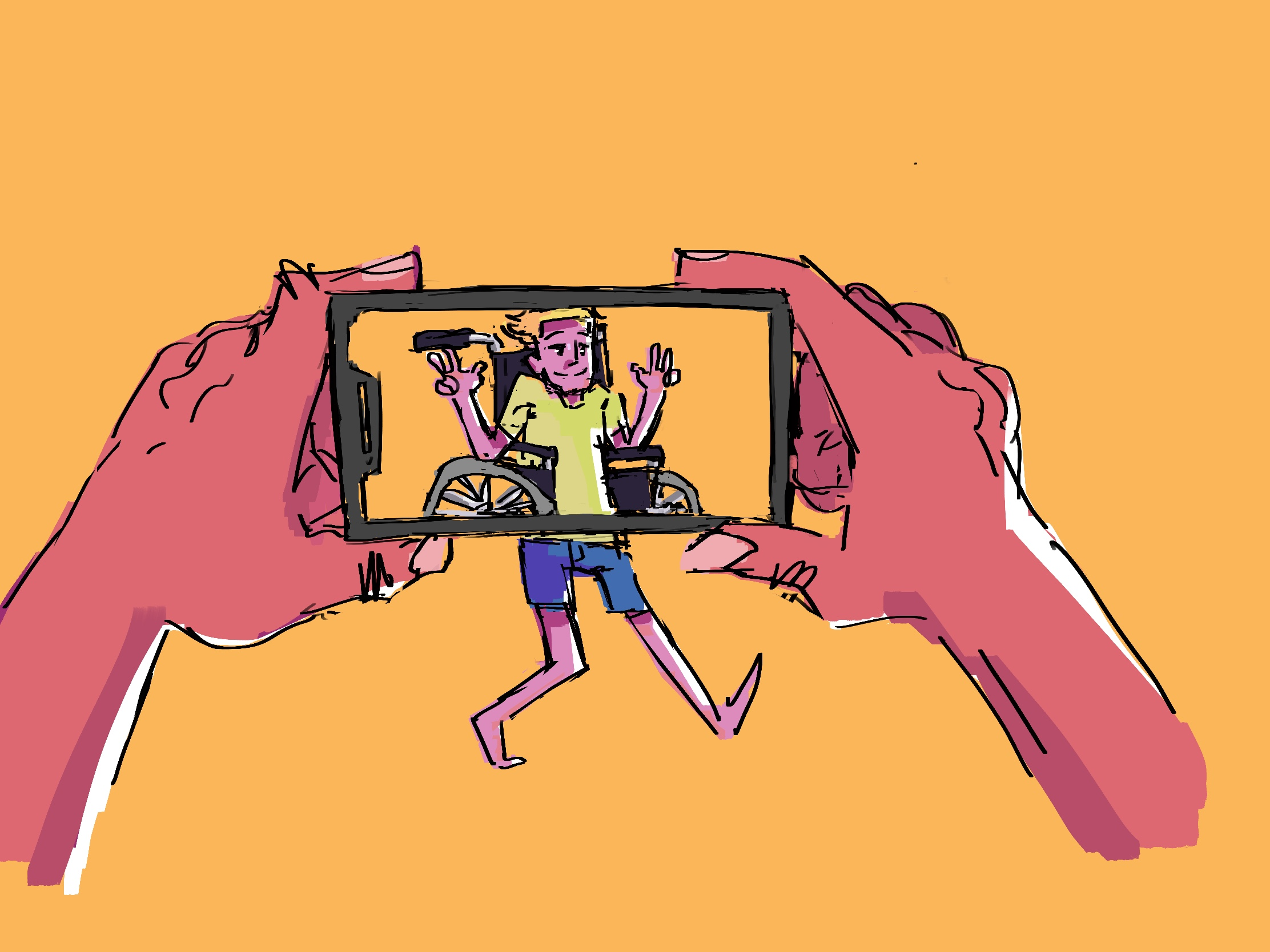
Social media platform TikTok has seized the online world. With roughly 500 million active monthly users and the highest average engagement per post, TikTok is rising through the ranks as the world’s choice of social media. It’s a scramble to break into the top percentage of creators, especially since introducing the 200 million dollar TikTok creator fund.
The issue is not the desire to be famous, but how users will chase it: performative, self-diagnosed disabilities “candidly” captured on camera.
The performance is incredibly convincing; videos of a user’s disability slowly consume an entire page. Soon, the page’s content is purely the performance, and scrolling to the bottom of the page is too much effort. Set up your phone, choose a track, claim it’s your first time hearing it, mimic a stim and voila — millions of views.
“Stimming,” or self-stimulating behaviors, is a typical response to various disabilities ranging from autism to attention deficit hyperactivity disorder. Stims can vary massively from person to person, but on TikTok, we typically see the same kinds of stims: romanticized, conveniently placed dances and reactions to a song’s beat.
The most straightforward aspect of disabilities to replicate made it appear that thousands of people suddenly had uncontrollably wholesome stims anytime they were online.
A since-deleted video of a young girl went viral after she “blind” reacted to a classical composition of “Play Date” by Melanie Martinez. Existing now only on forum websites, the fame the video garnered quickly turned to rage and criticism when it was revealed that the user was self-diagnosed. A trend of diagnosed autistic people reacting to the same audio subsequently led the original poster to delete the video and change her username.
Using a stereotypical version of stimming to perpetuate your individuality complex is not only offensive, but it’s also destructive to those who are actually disabled. When the disabled community is strictly represented on social media by falsely constructed narratives, we move further from properly destigmatizing disabilities.
Autism is not for you to use to create an “adorable” or “wholesome” persona.
While autism has been the most popular choice of disability, the app has also seen an increase in users claiming to have several other disabilities,, such as Tourette’s syndrome. Tourette’s is a misunderstood disability that causes random and repetitive outbursts or movements known as “tics.” On TikTok, some people falsely claim to have Tourette’s for comedic purposes, making punchlines out of the disability.
Some users are genuinely trying to raise awareness of disabilities and challenge stereotypes. I encourage you to stay interested in the lives of disabled people, even if they aren’t adorably stimming to your favorite song.
User guerneystourettesguy has ADHD and Tourette’s and gives a more intimate look at his day-to-day life. Another user, deanautistic1, creates lighthearted and educational content about his autism.
Disabled people live a lifetime with their disabilities; you don’t get to pretend to have it for your 15 minutes of fame.
